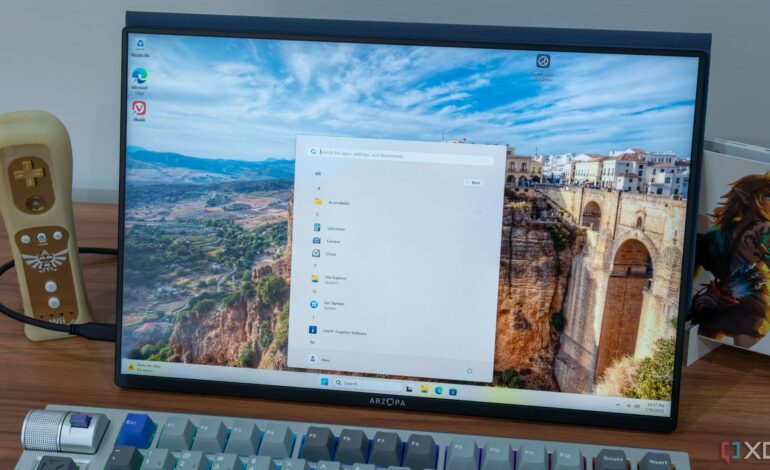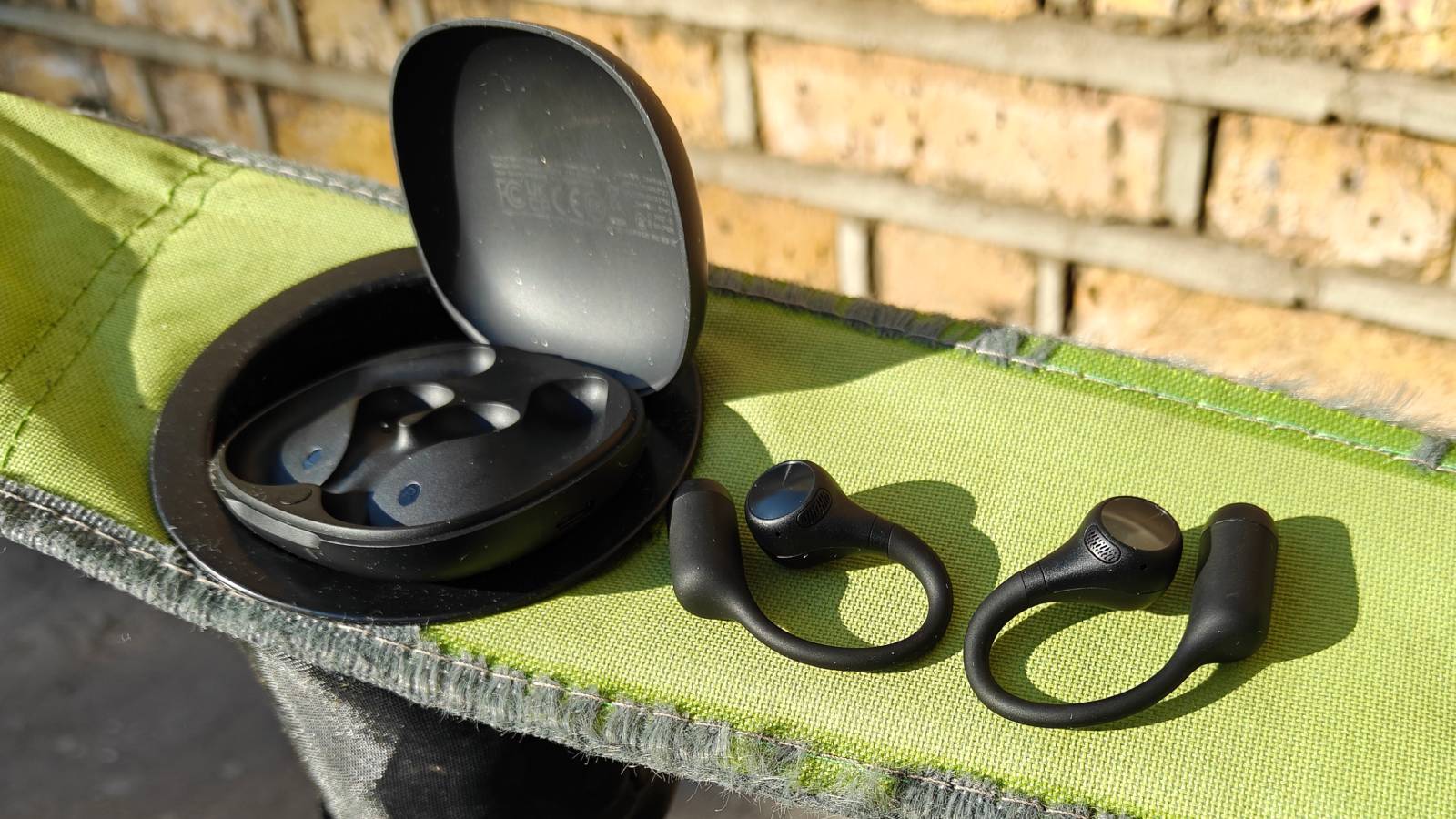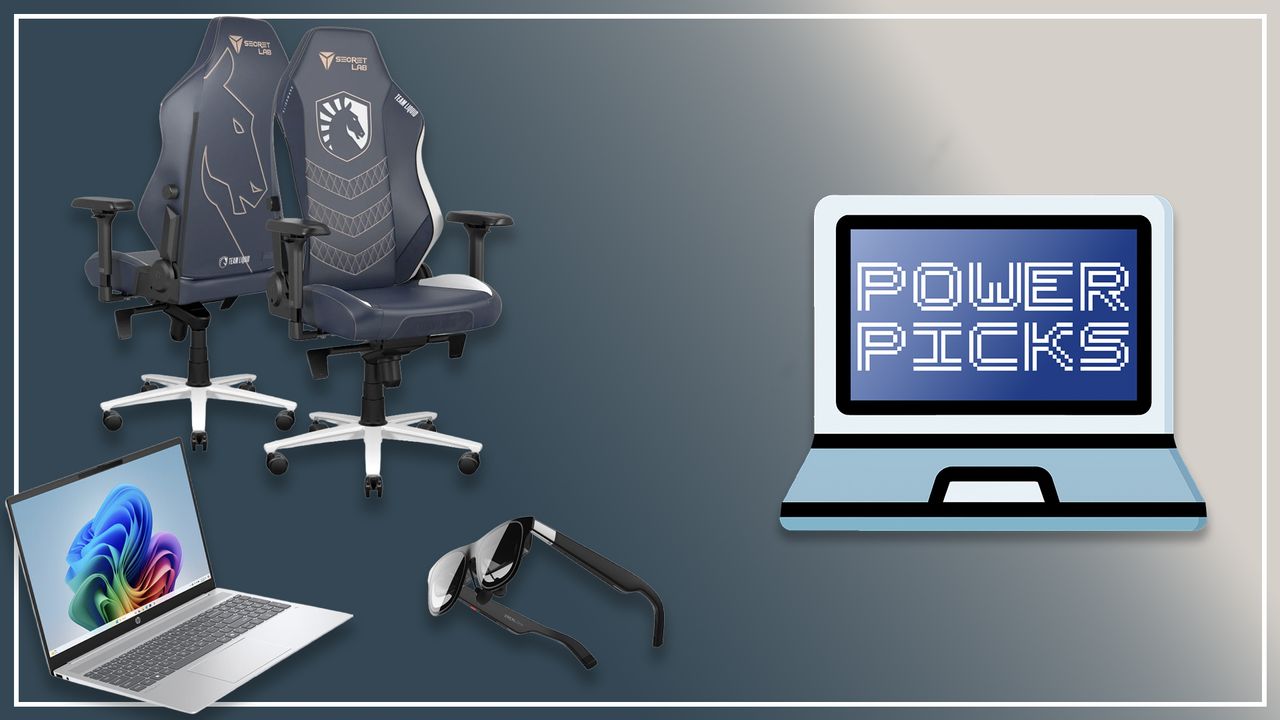Windows 11 OOBE Update Extends Setup Time for Managed Devices

Windows 11 users will experience a longer setup process starting next month, as Microsoft introduces significant changes to the Out-of-Box Experience (OOBE). The adjustments, which will add an average of 20 minutes to the setup time, aim to enhance security and stability on managed devices.
In a recent post on its Tech Community blog, Microsoft revealed that it plans to implement quality updates during the final stage of the Windows 11 OOBE beginning in September 2025. This update will primarily affect devices enrolled in Microsoft Entra or Entra hybrid and running Windows 11 version 22H2 or later. Consequently, personal consumer PCs will not be impacted by this change.
Microsoft initially announced this feature in February 2025 and had promised a rollout by mid-2025. However, the company has since adjusted its timeline, now opting for an automatic rollout of the September 2025 Windows Security update. Users managing their devices through Microsoft Intune and Windows Autopilot will retain control over how these quality updates are handled during the OOBE.
To qualify for this new capability, devices must meet several criteria. They should be running Windows 11, version 22H2 or later, and belong to one of the following SKUs: Pro, Enterprise, Education, or SE. Additionally, users must utilize Microsoft Intune for managing Windows quality updates and assign a Windows Autopilot Enrollment Status Page (ESP) profile to their devices, whether through a preregistered device group or the “All devices” assignment.
Devices that receive the August 2025 OOBE zero-day patch update will also gain this functionality. If a device is imaged with the June 2025 Windows non-security update, it will already include the new control setting.
To adjust the new setting, users can navigate to the Microsoft Intune admin center and follow a straightforward path: Devices > Enrollment > Enrollment Status Page. From there, they can choose the ESP profile, access the Settings tab, and enable the “Install Windows quality updates (might restart the device)” option.
It is important to note that for existing ESP profiles, this setting will default to “No,” while new profiles will have it set to “Yes.” By allowing updates during the OOBE, organizations can ensure that their systems have the latest approved security updates in place before the initial sign-in. This proactive approach not only enhances security but also eliminates the need to address multiple updates post-setup, which can be particularly beneficial for large organizations.
While the longer setup time may frustrate some users, Microsoft’s focus on improving the security and stability of Windows 11 through these updates represents a significant shift towards enhancing user experience for managed devices.






